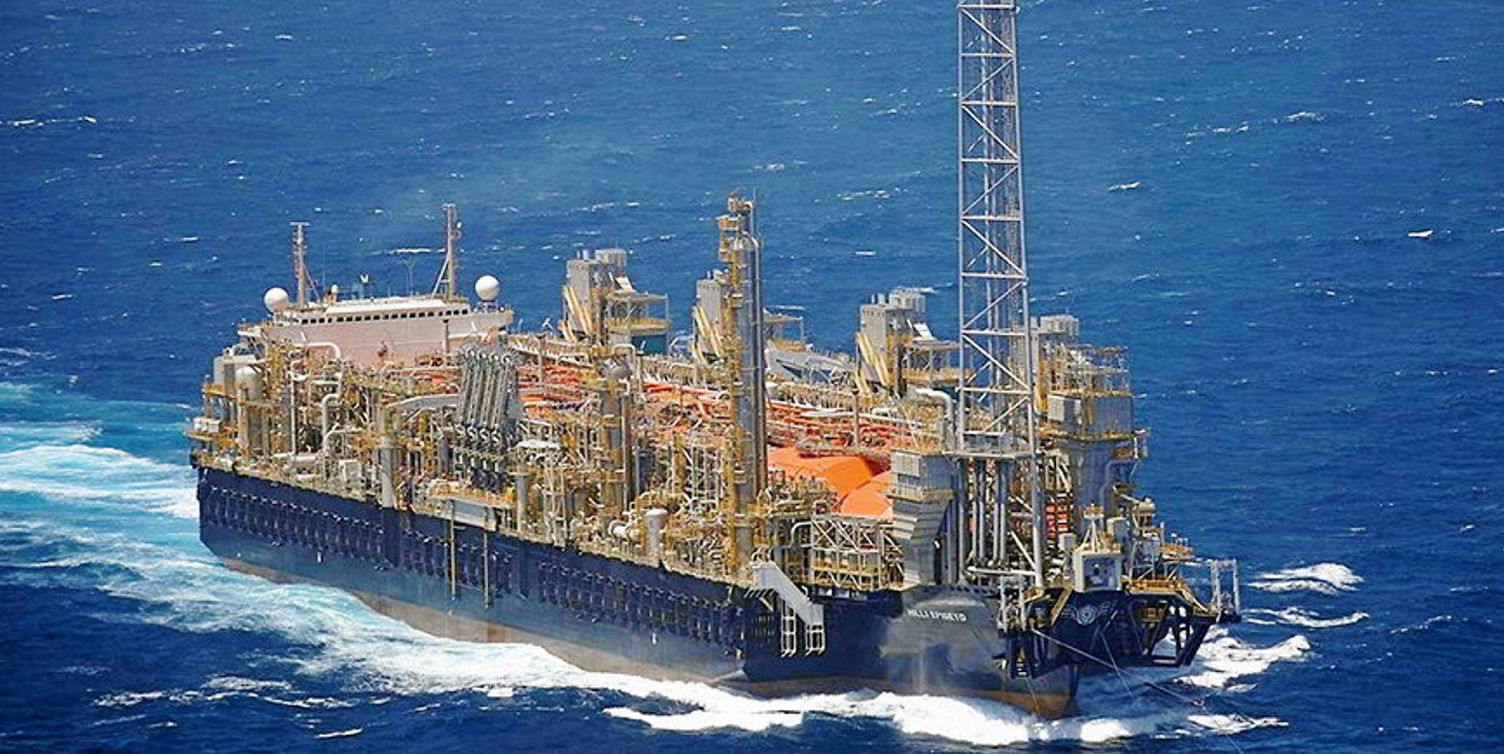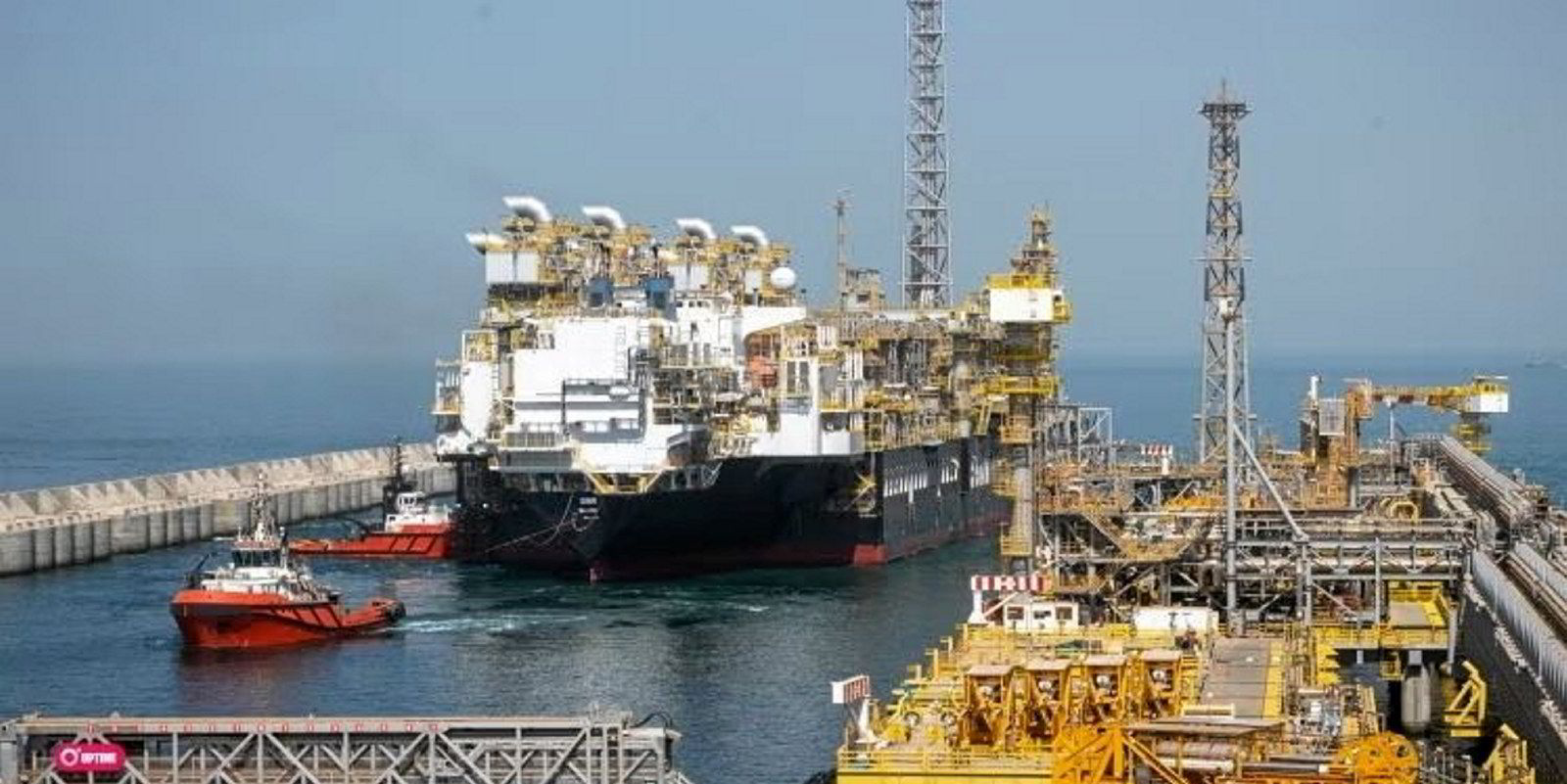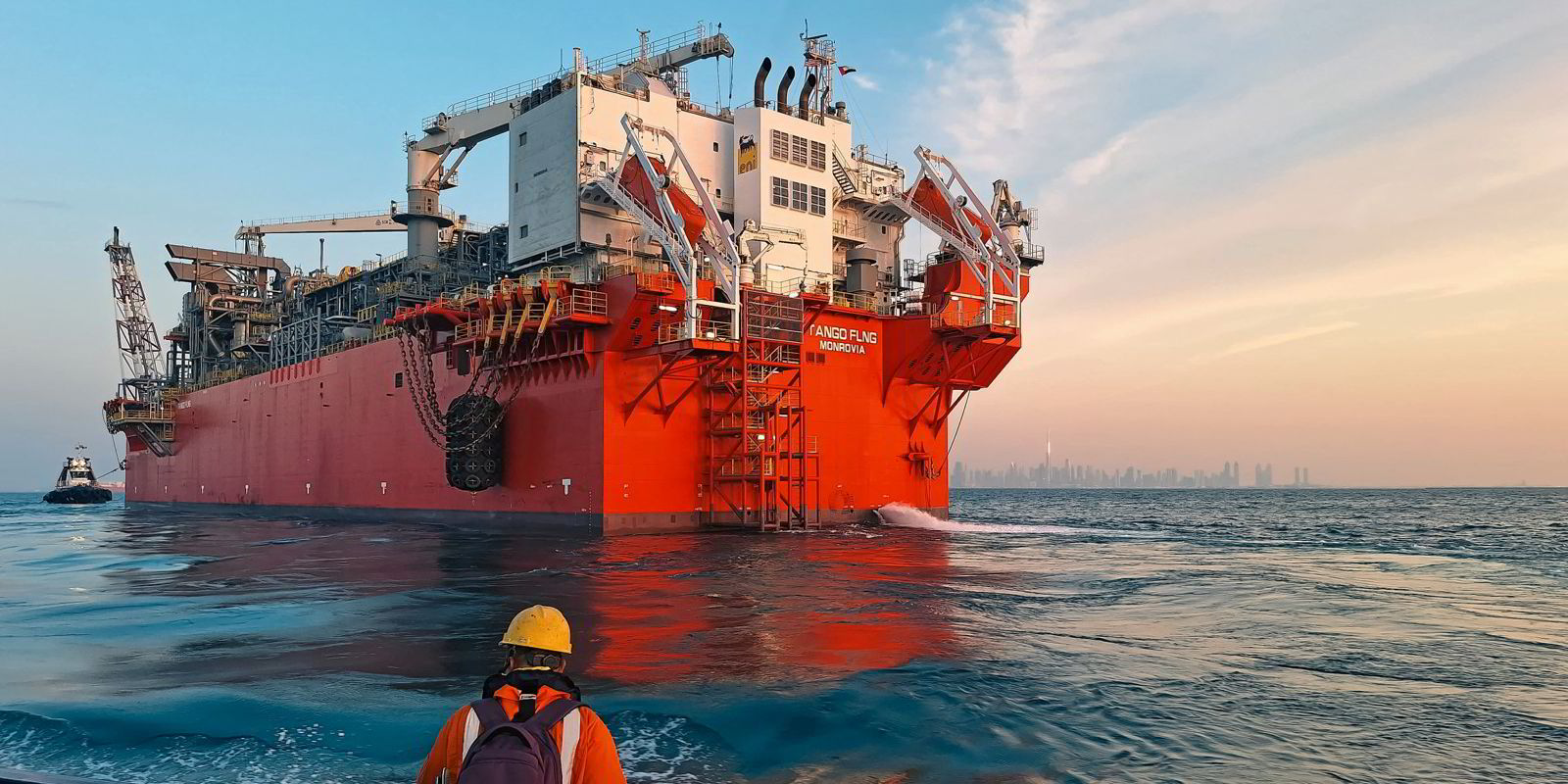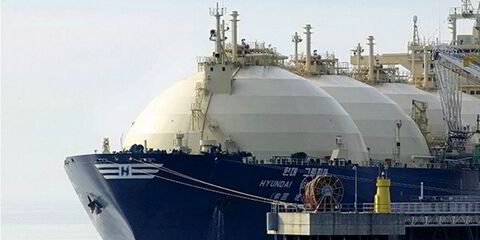Floating LNG production unit-focused Golar LNG has inked an initial agreement with a counterparty that could see the company either redeploy one of its existing FLNG units or move forward with a third LNG carrier-to-floater conversion.
Announcing its fourth-quarter results on Thursday, Golar LNG said it has made “strong progress” on the redeployment of its FLNG Hilli, which is currently working in Cameroon, and potential Mark II (MKII) FLNG employment — the company’s latest design for an LNG carrier-to-FLNG conversion.
Golar said this includes the execution of a framework agreement with a potential customer for a long-term opportunity that could use either the existing unit or the new design.
“Commercial terms being discussed are for charter opportunities with 12 to 20-year contract durations, where we are aligning towards mutually acceptable terms with gas resource owners,” the company said.
“Technical development of these FLNG opportunities is being worked in parallel to optimise mooring solutions and required upstream infrastructure.”
It also referenced engagement with respective authorities to establish fiscal terms and environmental approvals for potential FLNG deployment.
Golar revealed it has spent $185m on long-lead items, engineering services and deposits for its MKII FLNG conversion candidate, the 148,000-cbm Fuji LNG (built 2004).
It is scheduled to receive this vessel in March 2024 when the $62m balance on the vessel purchase is due.
The company said it agreed terms for and progressed a potential MKII debt facility and reconfirmed yard availability and pricing during the fourth quarter.
“A final investment decision on MKII is expected when commercial terms for FLNG Hilli redeployment and/or a MKII FLNG have been concluded,” it said.
Golar said the FLNG Hilli exceeded its 2023 production target.
The company also saw its second LNG floater — the FLNG Gimi — berthed at BP’s Greater Tortue Ahmeyim project on the maritime border of Mauritania & Senegal in February.
Golar said it invested $220m in the FLNG Gimi during the quarter with expenditure on this asset now stacking up at $1.56bn as of the end of 2023.
Long wait
It said the FLNG Gimi is awaiting connection to the feedgas pipeline and the start of commissioning activities, with first gas expected in the unit in the third quarter, subject to final completion of upstream activities and installation of the floating production, storage and offloading vessel.
A six-month commissioning period will follow before the start of commercial operations.
Golar said it expects to receive a standby day rate and daily commissioning payments ahead of the commercial start-up, which will then trigger the start of a 20-year Lease and Operate Agreement on the FLNG unit.
Golar reported a net loss for 2023 of $46.8m, a huge turnaround on net income of $787.8m reported in 2022.
But total operating revenues for last year were up 11% at $298.4m from $267.7m in the previous 12 months.
The company logged a fourth-quarter net loss of $32.9m, compared to net income of $71.4m in the comparable three months of 2022.
Total operating revenues for the quarter climbed to $79.7m from $59.1m a year earlier.
Golar said that in November it received $13m as the balance on the $15m agreed sale price on its 126,000-cbm LNG carrier Gandria (built 1977), which was sold for demolition.
The company said its remaining LNG carrier, the 140,000-cbm Golar Arctic (built 2003), completed a five-yearly dry-docking in early November and is currently operating in the spot market.
“This is a non-core asset which we will trade in the spot and short-term shipping market while considering chartering alternatives or a potential sale,” it said.






